Discover 10+ types of traditional Japanese clothing – from the elegant kimono and casual yukata to hakama, uchikake, and more. Explore the history, cultural meaning, and occasions when these Japan traditional dress are worn today with Multi-Country Asia Tours !
Why Traditional Japanese Clothing Still Inspires the World
Japan is a country where the past and present coexist in harmony. Its cities may pulse with futuristic technology, but step into a shrine, tea house, or festival, and you will see echoes of history in the form of traditional Japanese clothing. From the flowing kimono to the lightweight yukata, from formal samurai-inspired hakama to wedding attire like uchikake, the variety of garments reflects centuries of culture, artistry, and symbolism.
For travelers, exploring Japan traditional dress is more than fashion—it is a way to experience heritage firsthand. Each piece of Japan traditional clothing carries meaning, from the colors and patterns to the occasion when it is worn. In this article, we will explore more than ten iconic garments, their history, cultural significance, and how modern visitors can enjoy wearing them today.
Top 10+ Traditional Japanese Clothing You’ll Want to Wear
Kimono – The Timeless Icon of Japan Traditional Dress
The kimono is the most iconic form of traditional Japanese clothing, instantly recognized worldwide. Originating in the Heian period (794–1185), the kimono evolved from earlier Chinese-inspired garments into a uniquely Japanese form of attire. Its name literally means “thing to wear,” but its cultural meaning goes far deeper.
A kimono is a long robe with wide sleeves and a wrap-around design, fastened with an obi (sash). Women’s kimono are often made from fine silk, decorated with seasonal motifs—cherry blossoms for spring, maple leaves for autumn, cranes for longevity, waves for resilience. The choice of pattern, color, and fabric historically reflected the wearer’s status, marital status, and even age.
There are many types of kimono: the tomesode for married women, featuring family crests and simple designs; the furisode for unmarried women with long, flowing sleeves; and the montsuki for men, usually in darker colors. The obi itself is an art form—intricately tied into different styles that require skill to master.
Today, kimonos are worn at formal events such as weddings, funerals, tea ceremonies, and coming-of-age ceremonies. Tourists can rent kimono in cities like Kyoto and Tokyo, walk through historic districts, and experience firsthand the elegance of Japan traditional dress. Wearing a kimono transforms sightseeing into cultural immersion, connecting visitors to centuries of tradition.
Yukata – The Summer Kimono of Japan Traditional Clothing
The yukata is a lighter, more casual form of traditional Japanese clothing, often described as a summer kimono. Unlike the silk kimono, the yukata is made of cotton or synthetic fabrics, making it breathable and perfect for hot, humid weather.
Historically, yukata originated as a bathrobe worn after soaking in hot springs (onsen). Over time, it became a garment for relaxation and leisure, worn during festivals (matsuri), fireworks displays, and summer evenings. The designs are simpler than formal kimono—floral prints, geometric shapes, or bold indigo-and-white patterns.
Women’s yukata are often bright and playful, paired with colorful obi and accessories such as geta (wooden sandals) and small purses. Men’s yukata are more subdued, in darker shades of navy or gray, tied with a narrow sash.
For visitors, wearing a yukata is the most accessible way to enjoy Japan traditional clothing. Many ryokan (traditional inns) provide yukata for guests, encouraging them to wear it at dinner or while strolling through the inn’s gardens. During summer festivals, tourists can easily rent yukata, blending into the festive atmosphere. Affordable, easy to wear, and full of charm, the yukata is one of the most beloved forms of Japan traditional dress.
Hakama – Samurai-Inspired Traditional Japanese Clothing
The hakama is a pleated, skirt-like garment traditionally worn over kimono, associated with samurai and martial arts. First appearing during the Heian period, hakama were originally designed to protect legs while riding horses. By the Edo period, they had become a symbol of the warrior class and the ideals of discipline and loyalty.
Hakama have seven pleats, symbolizing the virtues of bushido—the samurai code—including honesty, respect, and courage. There are two main types: divided (like trousers) and undivided (like a skirt). Samurai wore hakama with swords, priests donned them for ceremonies, and scholars adopted them as a sign of dignity.
Today, hakama are still worn in martial arts such as kendo, aikido, and iaido, where their flowing design emphasizes movement. They are also common at graduation ceremonies in Japan, especially for women pairing hakama with furisode kimono.
For travelers, seeing martial artists dressed in hakama or renting one for a cultural experience is a powerful way to connect with the history of traditional Japanese clothing. Hakama symbolize discipline and grace, bridging Japan’s warrior past with modern life.
Uchikake – The Ornate Bridal Kimono
The uchikake is one of the most luxurious examples of Japan traditional dress, worn by brides in wedding ceremonies. This heavily embroidered kimono, usually made of thick silk brocade, is designed more like a robe than everyday clothing. Unlike normal kimono, the uchikake is not tied with an obi but draped open over another kimono, flowing elegantly with a long, padded hem.
Patterns are elaborate and symbolic: cranes for longevity, pine trees for resilience, phoenixes for prosperity, waves for harmony. The colors are typically red, gold, or white, emphasizing joy and celebration. Because of its weight and richness, the uchikake is worn only during wedding ceremonies and never in daily life.
For international visitors, witnessing a Japanese bride in uchikake is like seeing a work of art come to life. The uchikake exemplifies how traditional Japanese clothing can embody ritual, symbolism, and beauty all at once. It is one of the clearest examples of how clothing in Japan is deeply intertwined with spirituality and life’s milestones.
Furisode – Coming-of-Age Elegance in Japan Traditional Clothing
The furisode is a kimono with long, sweeping sleeves, worn by unmarried women on special occasions. It is considered the most formal type of kimono for young women and symbolizes youth, elegance, and readiness for adulthood.
Furisode are made of silk with bright, colorful patterns that cover the entire garment. The sleeves can be more than a meter long, flowing gracefully with every movement. They are worn at weddings, graduations, and most importantly, Coming-of-Age Day (Seijin no Hi), celebrated every January when 20-year-olds officially enter adulthood.
During this national holiday, Japanese cities are filled with young women dressed in furisode, walking proudly to ceremonies. For travelers, witnessing Seijin no Hi offers an extraordinary chance to see Japan traditional dress in its most festive and vibrant form.
The furisode is more than clothing; it is a rite of passage, marking one of life’s biggest milestones. It is a beautiful reminder of how traditional Japanese clothing continues to hold meaning in modern society.
Montsuki & Haori – Formal Men’s Japan Traditional Dress
While women’s kimono often attract attention for their beauty, men’s Japan traditional dress also has its elegance. The montsuki is a formal black kimono decorated with the family crest (kamon), typically worn with striped hakama trousers. It is the male equivalent of formal attire, worn at weddings, tea ceremonies, and traditional performances.
The haori is a hip- or thigh-length jacket worn over kimono, adding formality and warmth. In the Edo period, haori became popular among samurai and merchants as a way to display refined taste. Today, haori are still worn at ceremonies, and vintage haori have even become popular as fashion items worldwide.
For tourists, wearing montsuki and haori offers a chance to experience the dignified, understated side of traditional Japanese clothing. Unlike the colorful vibrancy of women’s kimono, men’s attire emphasizes simplicity, family heritage, and elegance.
Shiromuku – The White Wedding Kimono of Japan
The shiromuku is another bridal kimono, characterized by its all-white design. Symbolizing purity and new beginnings, the shiromuku represents the bride’s willingness to blend into her new family. The outfit is completed with a tall headdress, either the tsunokakushi (hiding “horns of jealousy”) or the wataboshi (veil-like hat).
Shiromuku are typically worn in Shinto wedding ceremonies, where the white reflects both sacredness and humility. The simplicity of the shiromuku contrasts with the elaborate patterns of the uchikake, showing the two sides of marriage in Japanese culture—purity and celebration.
For travelers, seeing a bride in shiromuku during a traditional Shinto wedding at a shrine like Meiji Jingu in Tokyo is an unforgettable cultural experience. It is one of the most striking examples of Japan traditional clothing still used today.
Jinbei – Comfortable Japan Traditional Clothing for Summer
The jinbei is one of the simplest and most comfortable forms of traditional Japanese clothing. Made of cotton or hemp, it consists of a short-sleeved jacket and shorts tied with strings. Traditionally worn by men and children, jinbei were ideal for hot summers or as loungewear.
Today, jinbei are still popular as pajamas or casual festival outfits. Children wear brightly colored jinbei during summer matsuri, while adults wear more subdued designs. For tourists, jinbei are affordable souvenirs and comfortable attire for staying at ryokan or attending casual festivals.
Though less formal than kimono or yukata, jinbei highlight the practicality and comfort embedded in Japan traditional clothing, making it accessible to all.
Hanten & Happi – Winter Warmth and Festival Spirit
The hanten is a short, padded winter jacket worn since the Edo period. It was favored by common people for warmth and practicality, often lined with cotton and decorated with family crests. Hanten remain popular in Japan’s colder regions and are still sold today as cozy casual wear.
The happi, by contrast, is a lightweight coat associated with festivals. Often dyed indigo with bold white symbols or family crests, happi coats are worn by groups of festival participants carrying portable shrines (mikoshi). They embody team spirit and community pride.
For travelers, putting on a happi during a local matsuri is a joyful way to engage with Japanese culture. Both hanten and happi reflect how traditional Japanese clothing is not just ceremonial but also practical and community-oriented.
Tabi & Geta – Accessories Completing Japan Traditional Clothing
Accessories complete the look of Japan traditional dress. Tabi are split-toe socks, traditionally white, worn with sandals or wooden clogs called geta. Together, they represent both elegance and functionality.
Tabi socks have been used for centuries and are essential when wearing kimono or yukata. Geta sandals elevate the foot from the ground, keeping kimono hems clean, and produce a distinctive clacking sound when walking. Modern geta are still used during summer festivals and tea ceremonies.
For tourists, wearing tabi and geta may feel unusual at first, but they complete the authentic experience of trying traditional Japanese clothing. They highlight Japan’s attention to detail, where even accessories carry cultural meaning.
Travel Tips for Experiencing Traditional Japanese Clothing
Wearing traditional Japanese clothing is one of the most authentic ways to connect with Japan’s culture. Whether you dream of strolling Kyoto’s ancient streets in a silk kimono, joining a summer festival in yukata, or trying a happi coat during a matsuri, knowing how to prepare will make your experience smooth, comfortable, and unforgettable. Here are practical travel tips every visitor should know before stepping into Japan traditional dress.
Choose the Right Garment for the Right Occasion
Different types of Japan traditional clothing are worn for different settings. Kimonos are best for formal occasions such as tea ceremonies, weddings, or cultural photoshoots. Yukata are casual and perfect for summer festivals or fireworks nights. Jinbei are ideal for relaxed evenings or staying at ryokan. Understanding when and where to wear each style ensures you blend respectfully into local traditions.
Rent Traditional Japanese Clothing from Trusted Shops
For tourists, renting is the easiest way to enjoy Japan traditional dress. Rental shops in Kyoto’s Gion district, Asakusa in Tokyo, and Kanazawa provide full packages including kimono, yukata, obi, footwear, and accessories. Staff will help you dress properly, as many outfits—especially kimono—are difficult to wear without assistance. Booking in advance is recommended during peak travel seasons and festivals.
Respect Dress Etiquette and Cultural Norms
Wearing Japan traditional clothing is more than fashion; it is a cultural expression. Always wear the left side of the kimono over the right—reversing it is reserved for funerals. Sit gracefully to avoid wrinkling the fabric, and walk in smaller steps since kimono hems are narrow. By observing etiquette, travelers show respect for Japanese culture and avoid uncomfortable mistakes.
Plan for Comfort and Weather
Many types of traditional Japanese clothing are made from silk or cotton, which vary in weight. Summer yukata are breathable, but winter kimono or hanten may require added layers. If you’re wearing geta sandals, bring band-aids as straps can rub your feet. Travelers planning to walk long distances in Japan traditional dress should choose rental packages that include comfortable socks (tabi) and properly fitted footwear.
Capture Photos Thoughtfully
Strolling in traditional Japanese clothing through Kyoto’s historic streets or near shrines is a photographer’s dream. However, be mindful of your surroundings. Avoid blocking pathways or disturbing worshippers inside temples. Many rental shops offer professional photoshoots, which is an excellent option for travelers wanting lasting memories of their experience with Japan traditional dress.
Join Festivals and Seasonal Events
The best time to experience Japan traditional clothing is during local events. Yukata rentals are popular in summer during fireworks (hanabi) and festivals (matsuri). Happi coats are worn during shrine processions, and furisode can be seen on Coming-of-Age Day. Travelers who align their trips with these events gain a deeper cultural immersion and vibrant photo opportunities.
Budget for the Experience
Rental prices vary depending on the type of traditional Japanese clothing. A simple yukata rental may cost ¥3,000–¥5,000 per day, while a silk kimono with hairstyling can range from ¥7,000–¥12,000. Bridal attire such as uchikake or shiromuku is more expensive but available for photoshoots. Planning your budget ensures you can enjoy the experience without surprises.
Learn a Few Phrases to Enhance Your Experience
Wearing Japan traditional dress often sparks friendly interactions with locals. Learning simple greetings like Konnichiwa (Hello) or Arigatou (Thank you) shows respect and creates warmer connections. Staff at rental shops also appreciate tourists who try basic Japanese, making the experience smoother and more enjoyable.
Store Your Belongings Smartly
Kimonos and yukata do not have pockets, so travelers should carry only essentials. Rental shops often provide small purses or pouches (kinchaku) to hold phones, wallets, and keys. Packing light will make your day in traditional Japanese clothing much more comfortable.
Be Respectful When Returning Rentals
When your rental period ends, return items on time and in good condition. Rental shops treat Japan traditional clothing with care, and respecting this ensures future visitors can also enjoy authentic garments. If you wish to take home a piece of Japanese culture, many shops sell affordable yukata, jinbei, or accessories like tabi socks as souvenirs.
Experiencing traditional Japanese clothing is not only about appearance—it is about stepping into a centuries-old tradition with respect and curiosity. By choosing the right garment, renting from reliable shops, observing etiquette, and planning for comfort, travelers can fully enjoy the beauty of Japan traditional dress. Whether walking through Kyoto in a silk kimono or joining a summer festival in yukata, embracing Japan traditional clothing will transform your trip into an unforgettable cultural journey.

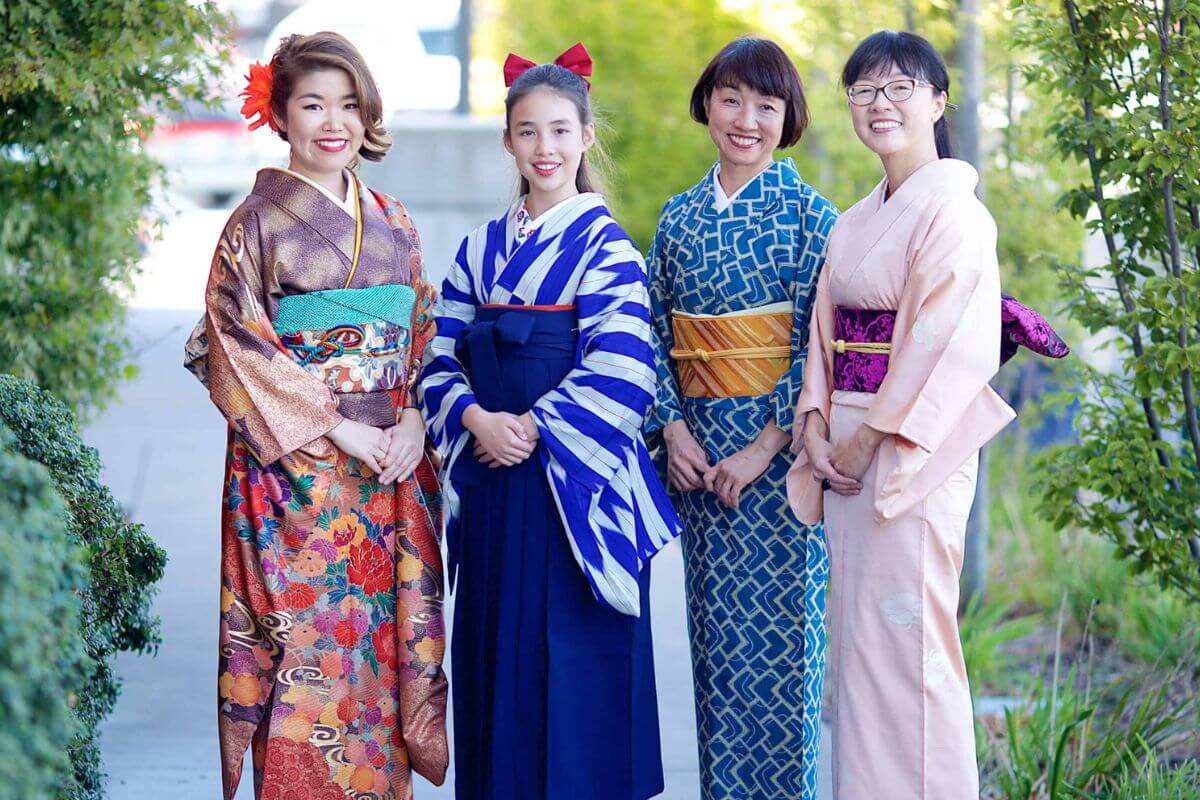
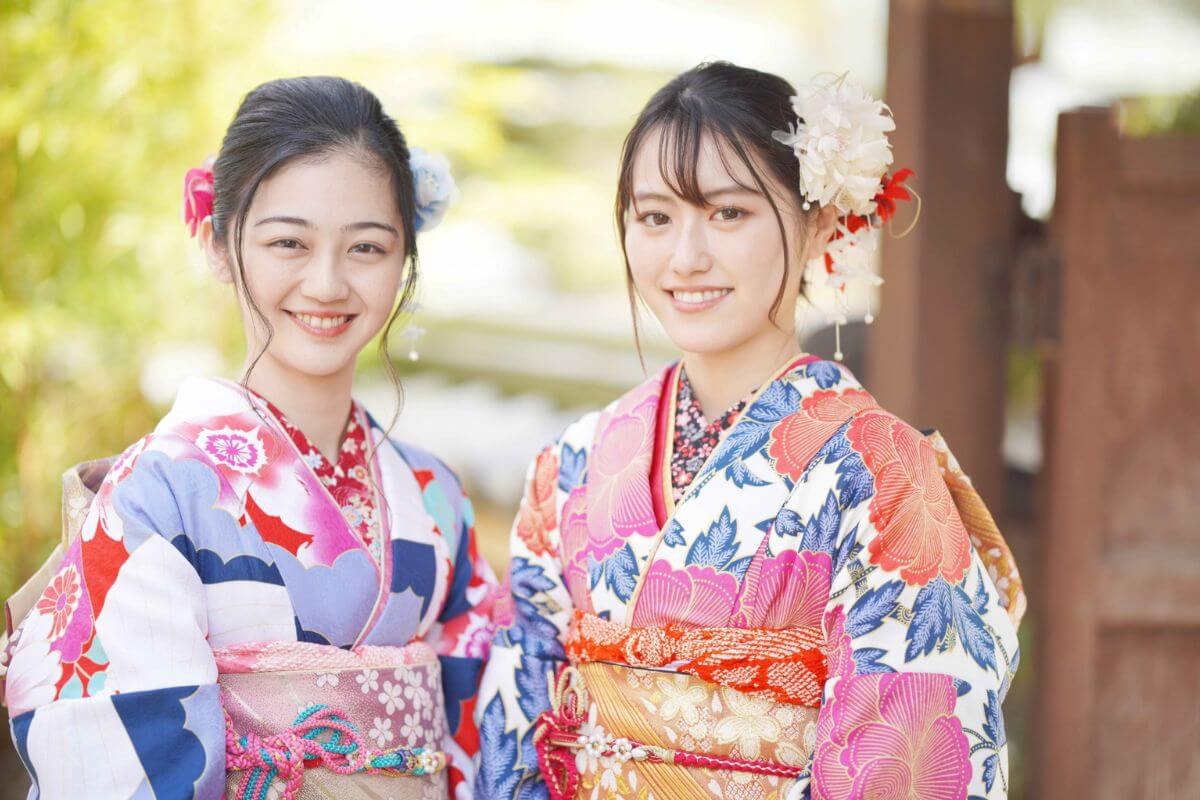
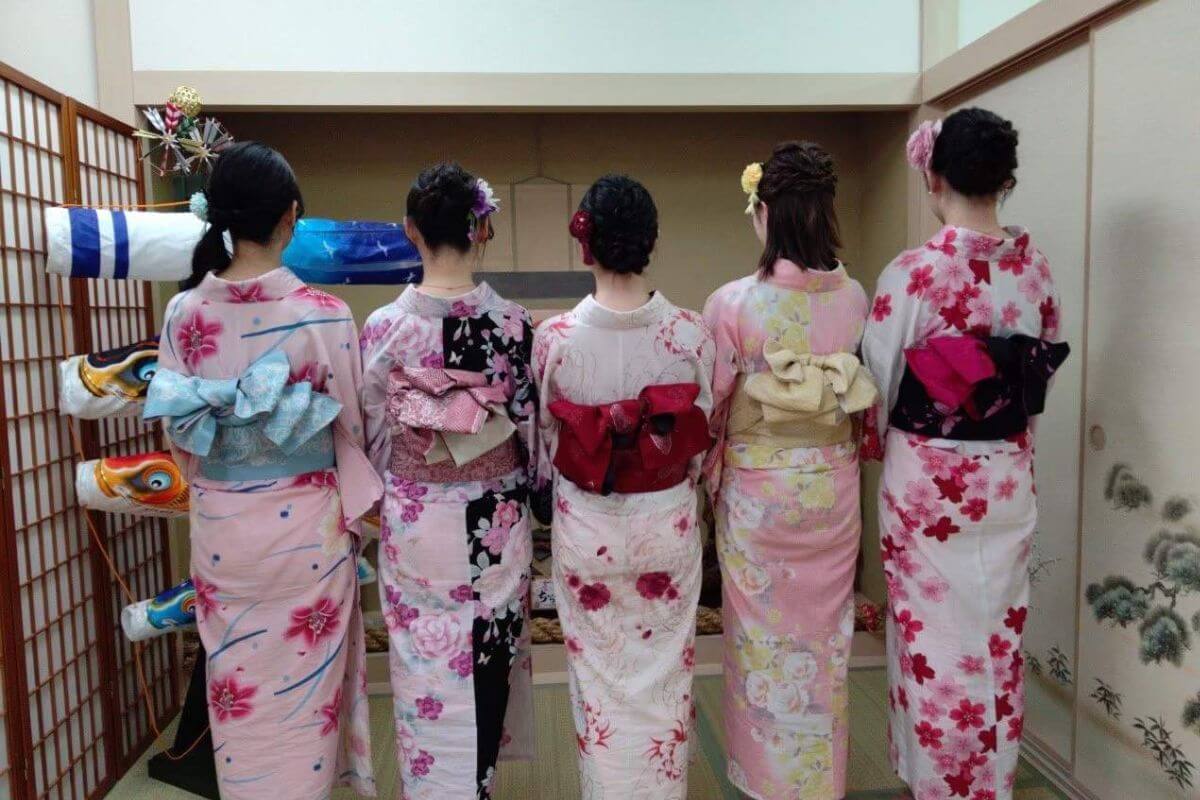
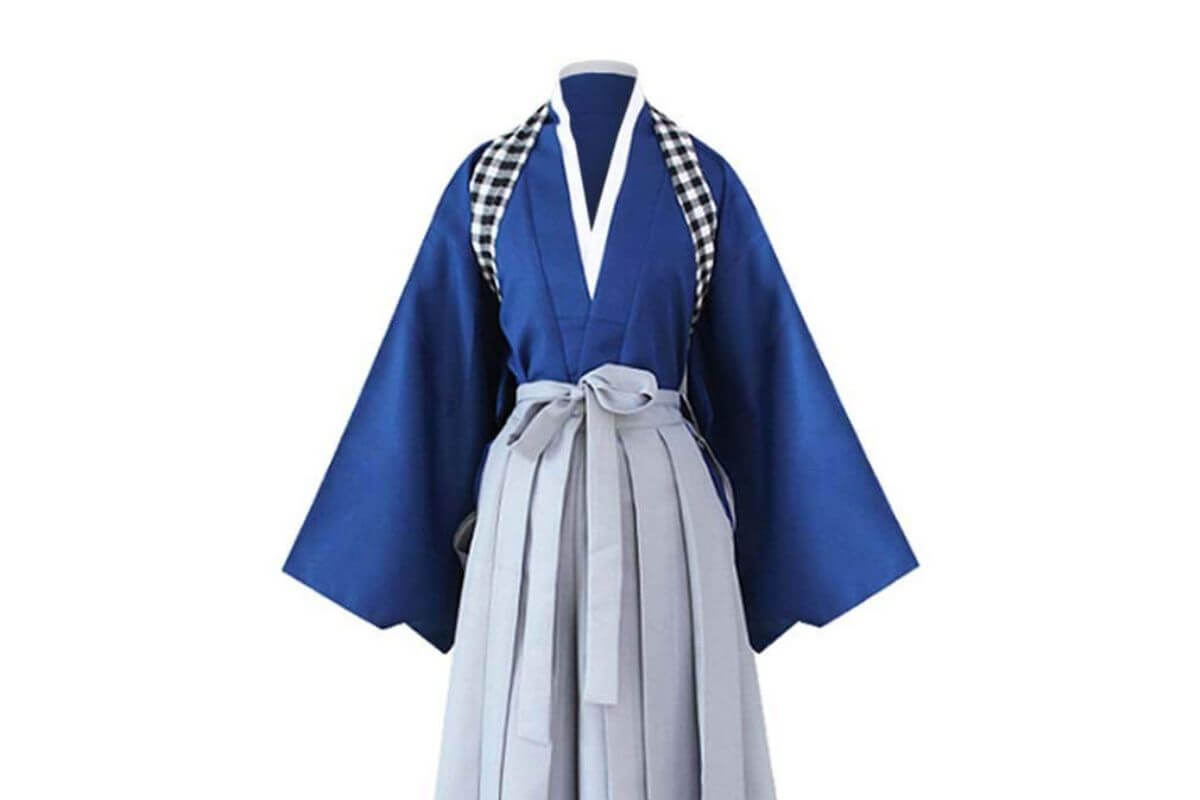
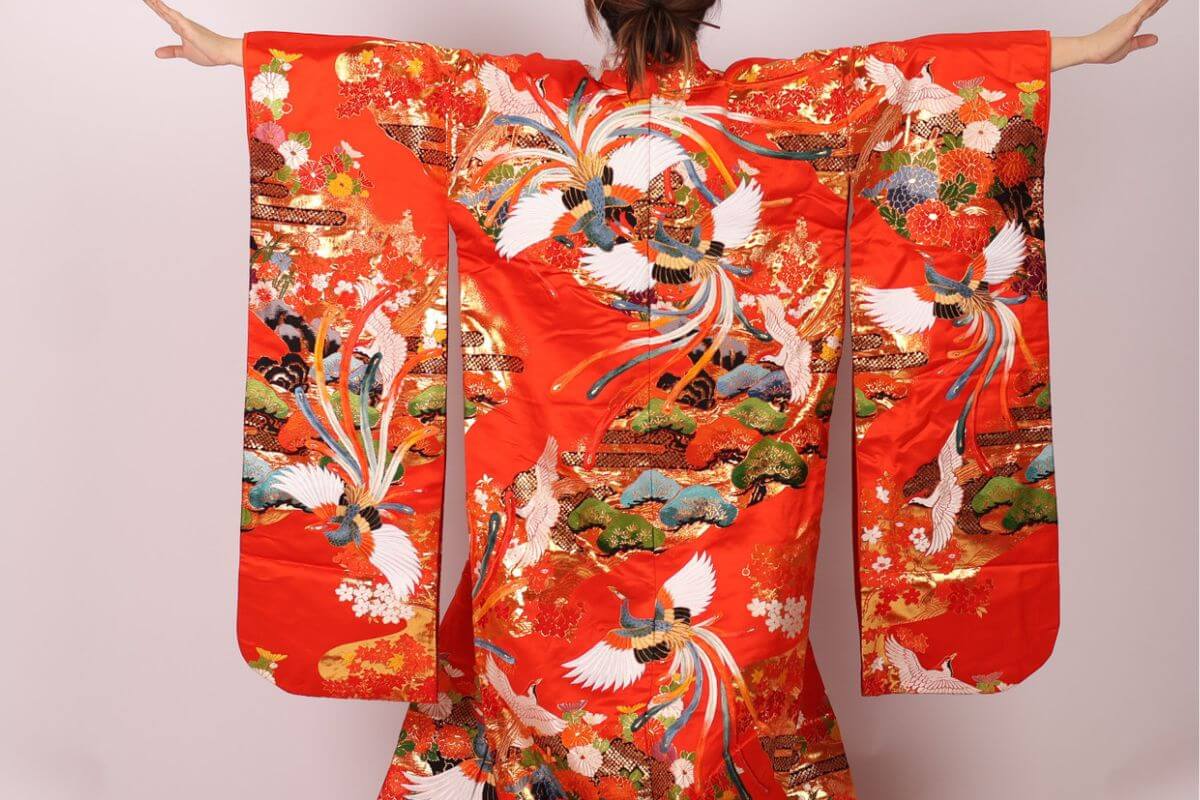
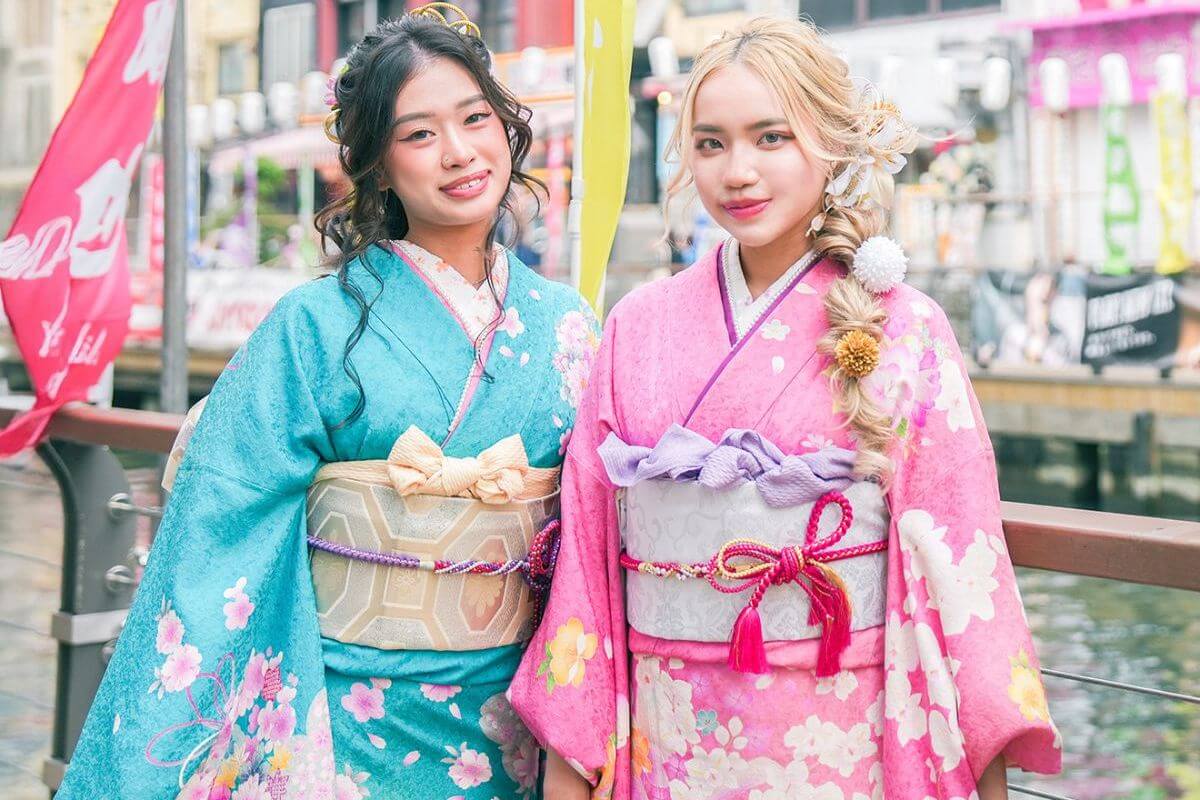
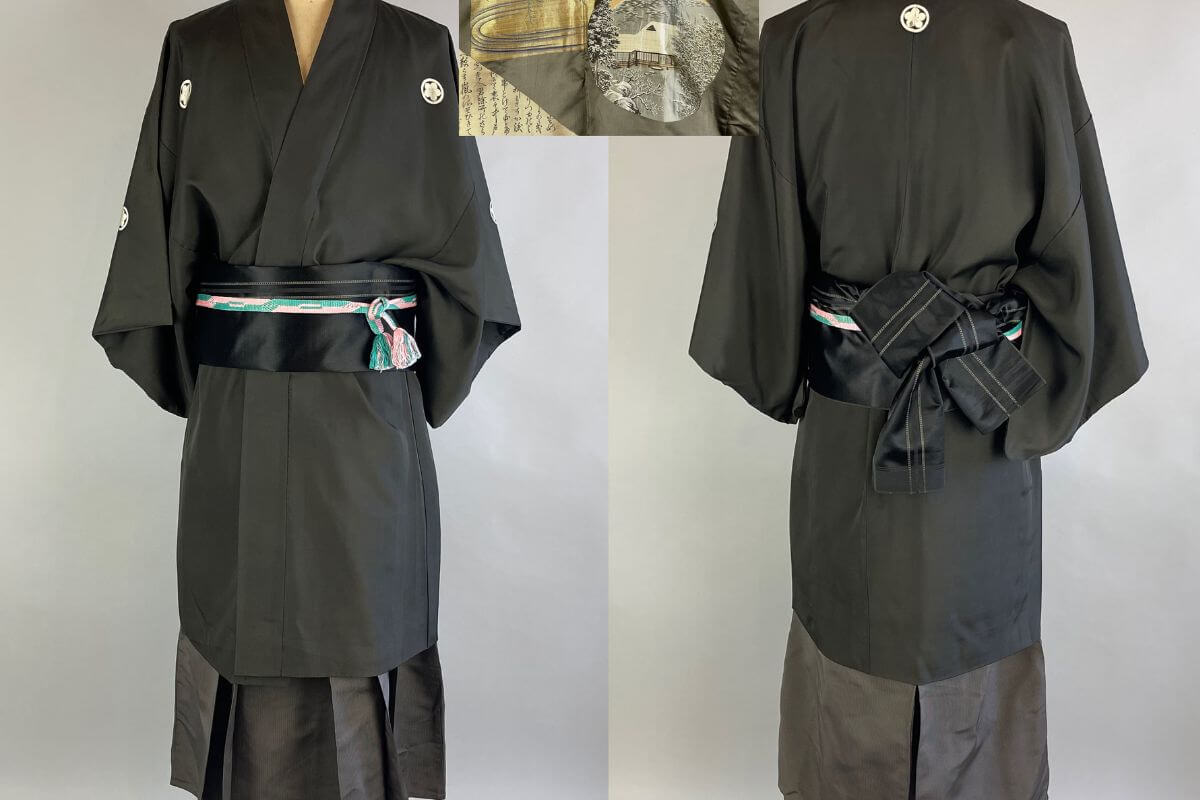
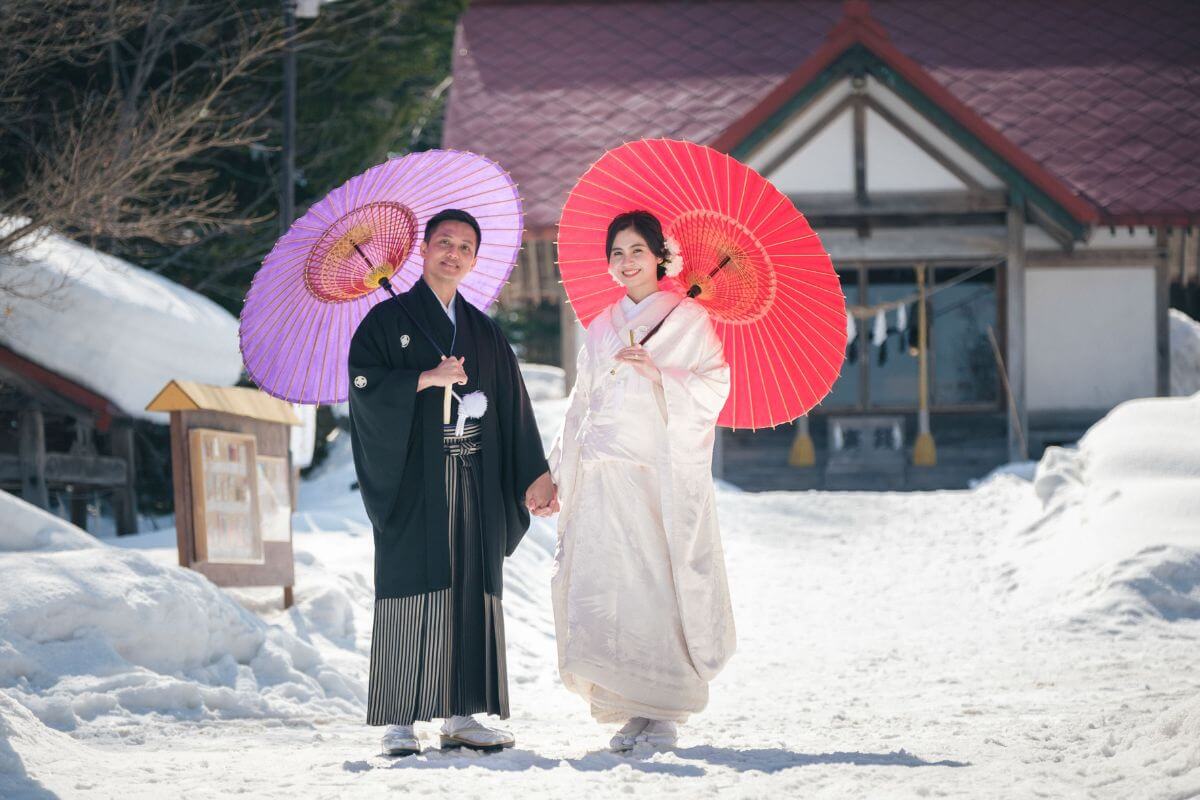
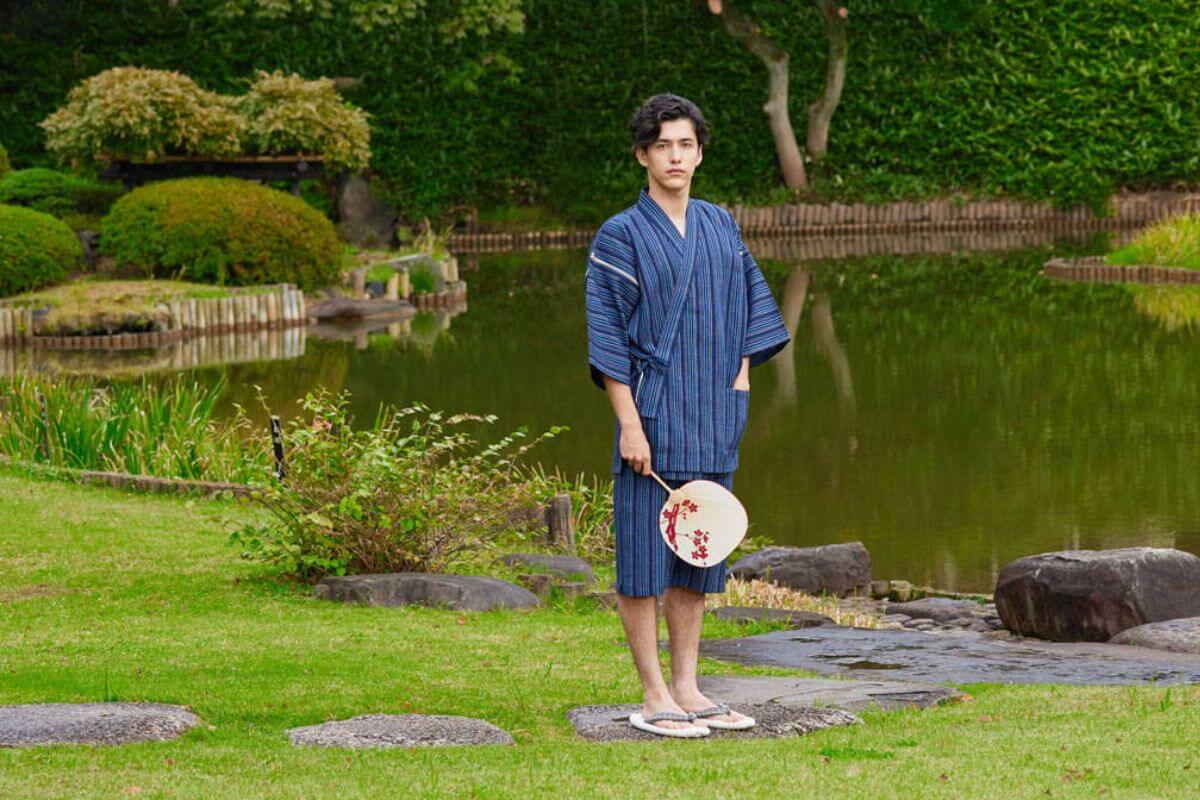

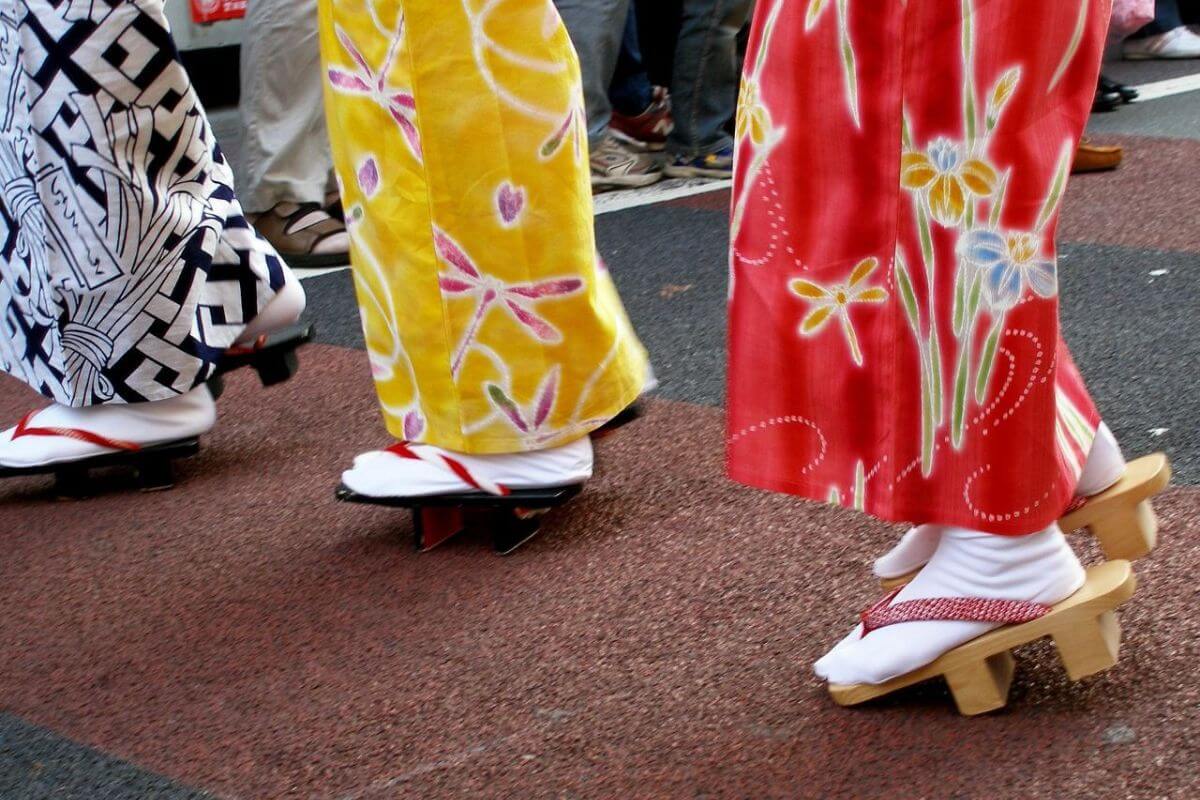
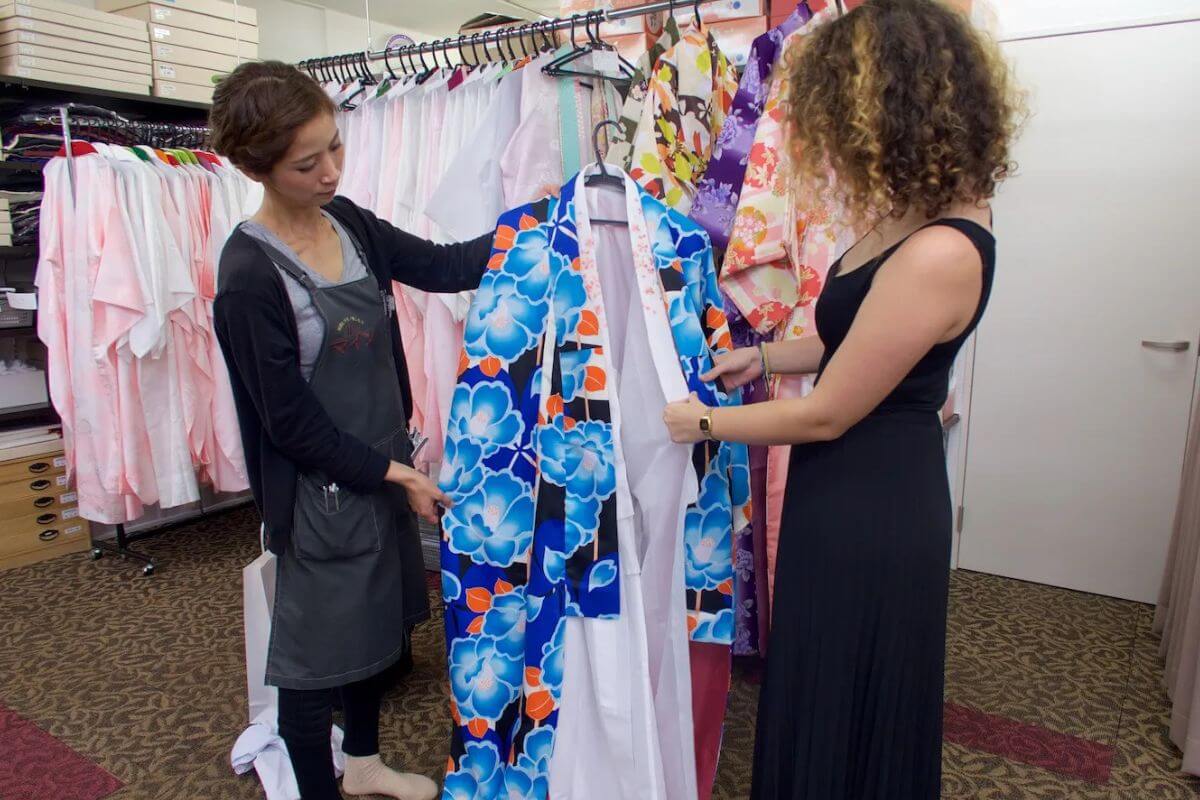
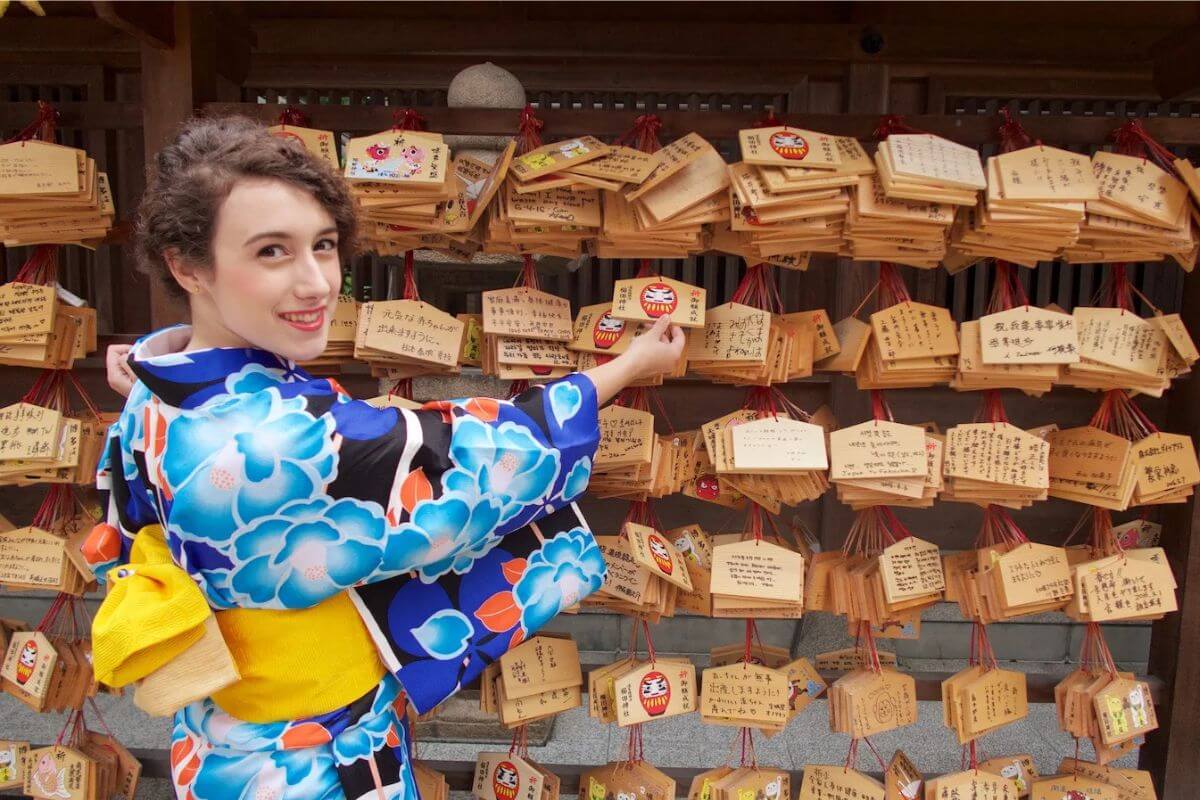
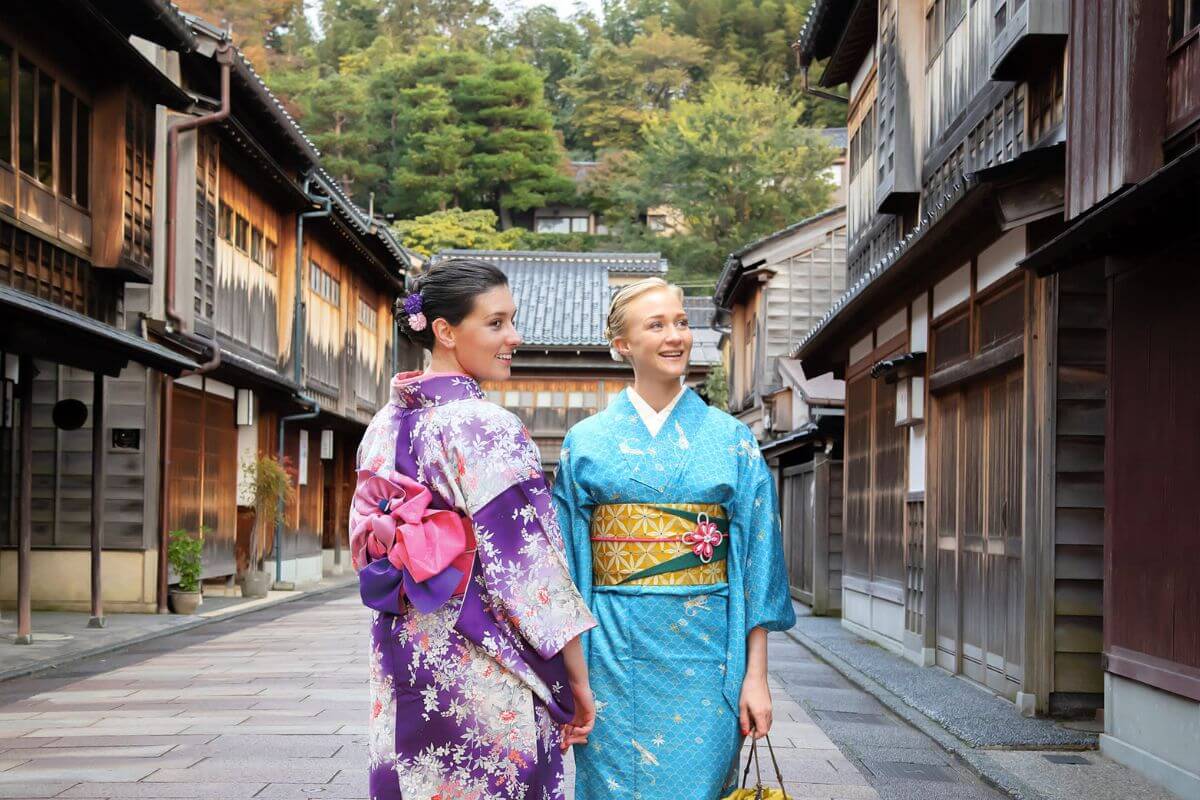
Comment (0)